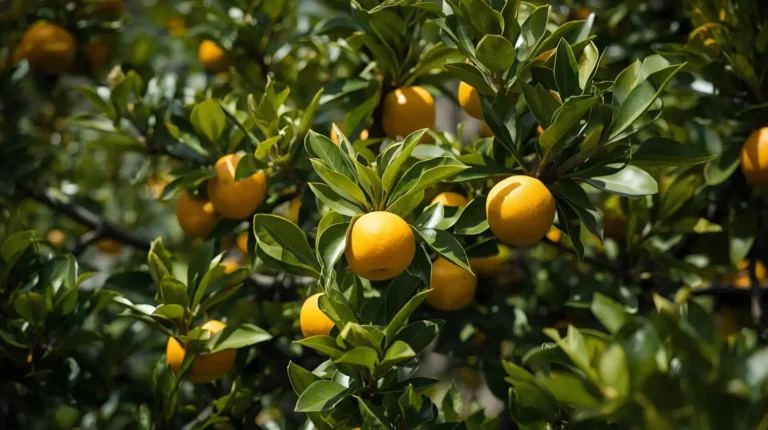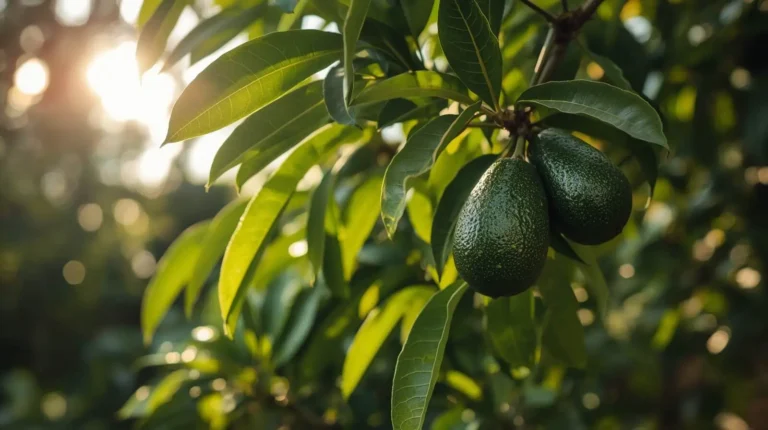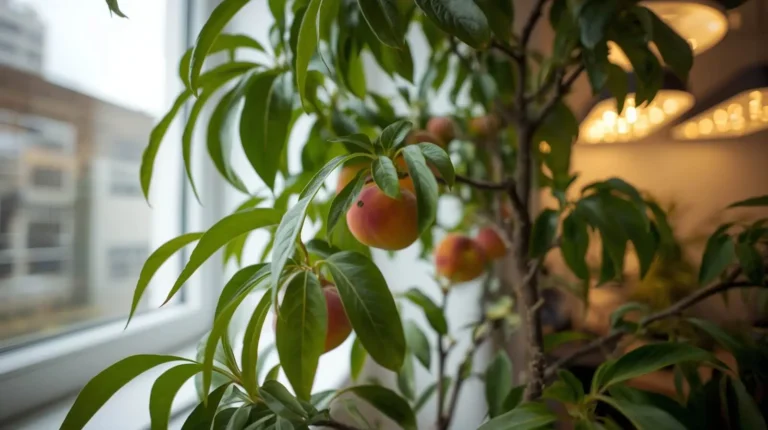When I first started working with the santol fruit tree, I realized how easily a simple garden can begin to feel like a tropical paradise when this exotic tree settles in. Its stunning visual appeal and promise of delicious fruit always motivate me to follow a personal guide built around essential steps that support optimal growth. Understanding its unique origins helped me form a better foundation for care, especially when I focused on successfully growing it with steady routines that turn small daily habits into thriving plants over time. Even today, the santol tree feels like a tropical gem, and I love seeing how these methods reveal the small secrets hidden within its natural growth cycle.
Many aspiring gardeners share that the early challenges can either make or break their confidence, and I felt the same when I started. Over the years, I learned that gentle nurturing, attention to the intricacies of soil and climate, and consistent efforts shape the biggest improvements. Focusing on the real key factors—from placement to water rhythms—plays a huge role in reaching those rewarding, abundant harvests that every gardener hopes for.
What to Grow Santol Tree in Your Garden?
- Selecting the right location with enough adequate sunlight
- Keeping proper soil conditions and effective soil drainage
- Giving regular care through watering, fertilization, and good pest management strategies
From my own experience, the successful growth of a Santol fruit tree starts when you follow a few essential steps with patience and consistency. I’ve noticed that when gardeners focus on applying practices that support optimal tree health, the tree begins cultivating naturally strong roots that truly enhance growth. Paying attention to the vital features like soil structure and daily care often leads to steady fruit production, and over time you can enjoy the real benefits of a healthy Santol fruit tree. With simple routines and a bit of understanding, these habits can easily bring improved fruit yield and a more rewarding gardening experience.
1. Understand the Santol Fruit Tree: Origin and Growing Conditions
When I first learned about the santol fruit tree, I was fascinated by how this plant naturally thrives across the tropical regions of Southeast Asia, especially in Malaysia, Cambodia, and southern Laos. Knowing that Sandoricum koetjape prefers warm humid climates, well-drained nutrient-rich soil, and steady full sun exposure helped me understand why maintaining temperatures 60°F to 100°F makes such a difference. To support optimal growth, I always remind new gardeners to think about the tree’s natural habitat, especially when planning a home garden where they hope to cultivate a thriving fruit-bearing plant. (For more research-based guidance on tropical fruit tree care, you can read this University of Hawai‘i tropical fruit growing guide)
- Give the tree proper spacing by keeping space 20 to 25 feet or 6 to 7.5 meters between plantings
- Use high-quality feeding methods like Everglades Farm professional-grade fertilizers to improve nutrient uptake
Over time, I’ve also seen how fertilize twice a year routines encourage vigorous growth, especially in special varieties that can bear fruit 3 to 4 years, while those from seeds 5 to 7 years take longer. Many growers use collections like the Fast-Growing Plants collection to achieve rapid growth and high yield, much like the impressive mature santol fruit trees that can produce 18,000 to 24,000 fruits annually, as shown by a 30-year-old seedling in the Philippines. Focusing on essential conditions, steady consistent rainfall, and supporting the tree’s resilience during dry periods helps every grower take one confident step toward long-term success.
(For more insights on growing heat-loving plants successfully, you can also check this guide on growing dragon fruit in Florida, which shares similar climate and sun requirements.)
2. Prepare Your Garden: Essential Requirements for Planting Santol
- When I prepare garden spaces for planting Santol tree, I always begin with the essential steps that make the biggest difference later. I learned early on that you must choose the right location where the tree receives full sunlight for 6-8 hours a day, while staying sheltered from strong winds. This kind of optimal exposure supports steady tree growth and improves fruit production, especially when the soil matches what the tree naturally prefers.
- My next focus is proper ground preparation, where the pH level matters more than many new gardeners realize. A slightly acidic to neutral ground, usually pH 6.0 to 7.0, helps the roots settle well. I mix in organic matter such as compost to boost fertility and improve drainage, especially because the santol fruit tree is a versatile and robust option that handles various soil conditions but still rewards good care.
- While working in different climates, I found that paying attention to drainage saves the tree from early stress. A healthy planting area must offer excellent drainage, and if the soil retains moisture, I build elevated beds or small mounds to prevent root decay and protect plant health. This simple habit reduces long-term issues that many people face after the tree matures. (To follow a similar tropical planting method, you can also read this guide on how to plant a soursop tree, which explains soil prep and drainage techniques perfect for warm-climate fruit trees.)
- Watering efficiently is another part of my routine, so I often use an efficient irrigation system that matches water needs, plant density, and soil type. Keeping optimal moisture levels becomes easier with drip irrigation, sending water directly to the roots, minimizing wastage, and giving the tree steady, adequate hydration—something it responds to very well.
- When I plan spacing, especially while planting multiple trees, I stick to space 15-20 feet apart to match the tree’s mature size. This helps maintain adequate air circulation, reducing risk of disease, and supporting a fast-growing tree that can eventually yield high returns. The Santol is a financially sound option for home gardeners thanks to its low maintenance requirements, and with minimal effort, you truly get to enjoy fruits of your labor.
3. Plant Your Santol Tree: Step-by-Step Planting Instructions

- Start by following the essential steps, beginning with how you dig the hole. Make it twice as wide and about 8-10 cm deeper so the root ball has enough space for roots to establish themselves, especially when working with loamy soil mixed with organic matter and kept well-draining for optimal development.
- When you remove the plant from the pot, handle it with minimal disturbance. If you notice roots tightly bound, take a moment to loosen roots so they can promote development once placed into the ground.
- Gently place the tree in the hole, keeping it centrally positioned and making sure the top stays level with surrounding earth. This small detail encourages healthy growth and prevents early stress.
- After positioning, backfill the hole using the dug-up earth, and start lightly tamping to eliminate air pockets. I always moisten the ground while filling it back so it begins settling around roots right away.
- Finally, water thoroughly with deep watering to aid root establishment, keeping steady moisture during the initial weeks while preventing waterlogging. These habits support ideal development and are helpful when planting tropical fruit trees like Santol or Soursop.
From my experience, once you choose the right location with full sunlight and good air circulation, the rest becomes easier. As you monitor soil conditions and ensure it stays rich in nutrients, make time to inspect for pests and inspect for illnesses that may impact young plants. Also remember to maintain humidity, especially in humid conditions near ideally around 80%, using methods like misting the leaves or using mulch to retain moisture. Include regular pruning to preserve shape and preserve health, especially in the dormant season or after fruiting, which naturally improves better air circulation and sunlight penetration. For feeding, use fertilization with a balanced fertilizer such as an N-P-K ratio 10-10-10 during the growing season to support strong long-term performance.
4. Care for Your Santol Tree: Watering, Fertilization, and Pest Management
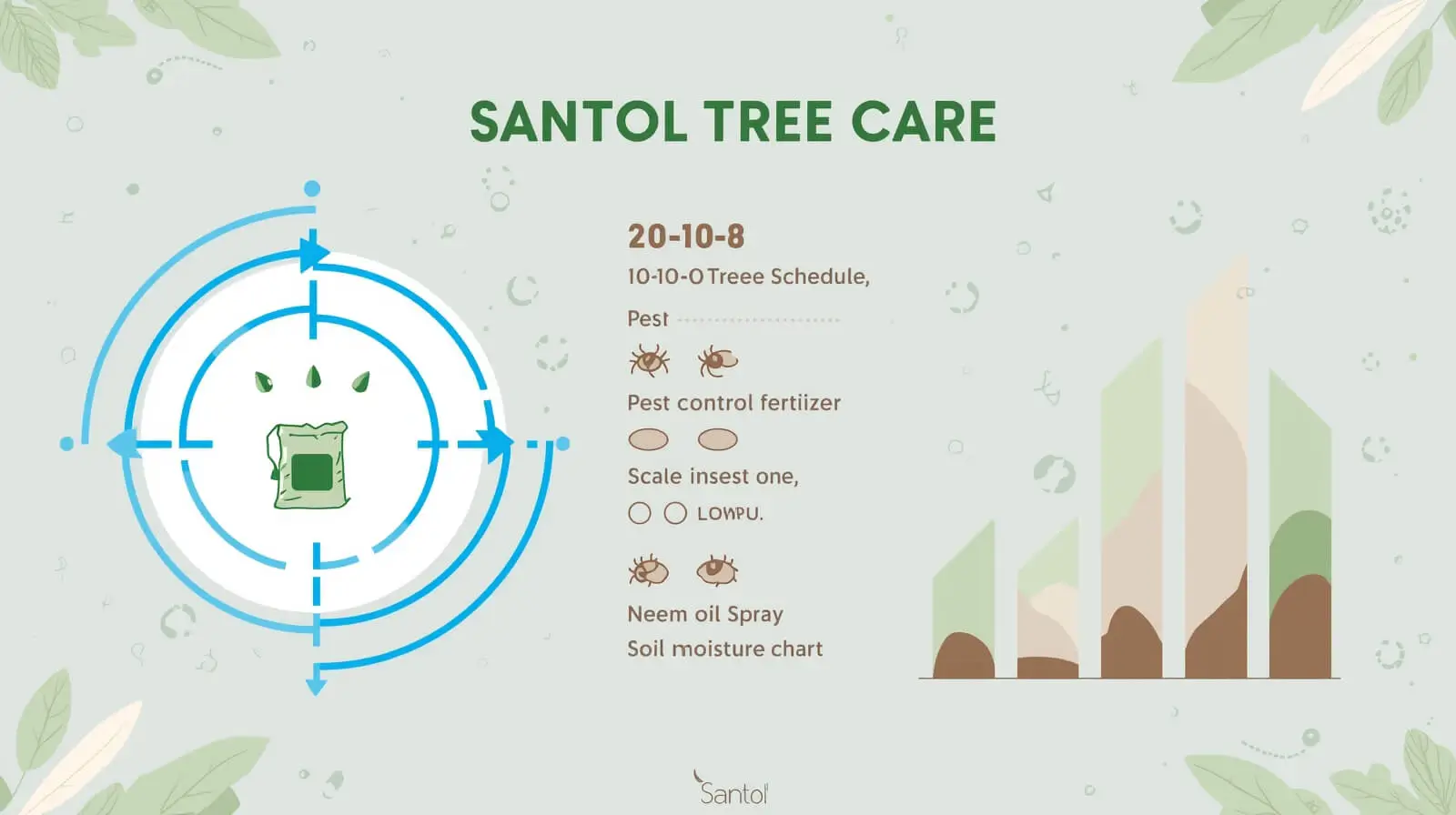
- To support healthy growth of your Santol tree, follow simple care guidelines that focus on proper watering. I always rely on regular watering, especially during dry spells, keeping the soil consistently moist but not waterlogged. Let it dry slightly between waterings to prevent root rot, and use thorough watering to encourage strong root development, which improves plant stability and long-term expansion.
- During the growing season of spring and summer, make sure to use fertilization wisely. A balanced fertilizer with an N-P-K ratio 10-10-10 supports fruit production, but it’s important to follow the manufacturer’s guidelines and correct application rates so you avoid over-fertilization, which can harm the plant instead of helping it.
- For pest control, I make it a habit to monitor fruit plant health often. Look for common pests like aphids and scale insects, and if any infestations appear, treat promptly with organic insecticidal soap or neem oil. Do regular examinations of the leaves to spot signs of illness or pest damage. With early detection and swift action, the plant remains healthy and consistently fruitful.
5. Troubleshoot Common Issues: Solutions for Healthy Santol Growth

- Many common issues with a santol fruit tree start with yellowing leaves, which often signal nutrient deficiencies such as low iron or zinc, or even overwatering. I always assess moisture levels when the soil is excessively dry, then use a balanced fertilizer to restore essential nutrients and promote healthy foliage.
- When there is poor fruit production, I check for inadequate sunlight or insufficient pollination. A fruit-bearing plant needs full sunlight, and sometimes planting a second tree helps because many self-sterile varieties rely on cross-pollination to enhance fruit yield.
- For pest infestations, I do regular inspections, and if an infestation is discovered, I apply organic pest control methods to minimize damage. As I adjust care practices, I focus on ways to sustain vitality and cultivate thriving santol fruit tree growth, aiming for abundant fruit supported by optimal plant health, steady monitoring pH, electrical conductivity EC, and ideal temperature for overall balance and well-being.
Conclusion
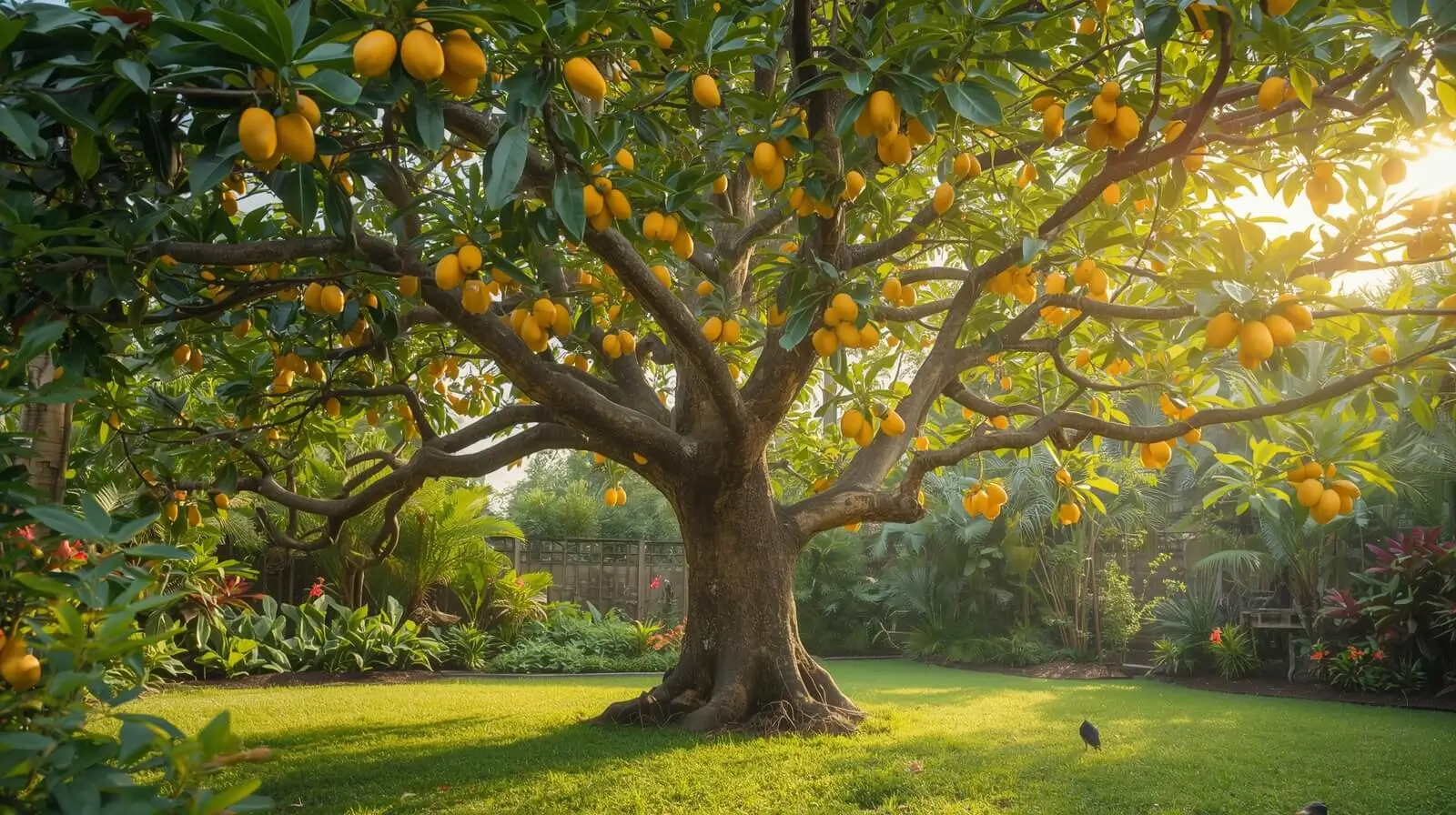
Caring for a Santol tree becomes easier once you understand its natural needs from start to finish — from choosing the right location and preparing the soil, to planting correctly, watering wisely, fertilizing during the growing season, and managing pests before they spread. When you stay consistent with simple care habits and respond quickly to small issues, the tree grows stronger each year. With patience, attention, and the right growing conditions, any gardener can enjoy a thriving Santol tree that rewards them with healthy growth and abundant fruit.
Read Also:
- Gardening & Plant Care Guide for Thriving Plants
- Tropical Fruit Trees: Grow Exotic Paradise at Home (Guide)
FAQs
1. How long does a Santol tree take to bear fruit?
Most grafted or special varieties can fruit in 3–4 years, while Santol trees grown from seeds usually take 5–7 years.
2. What type of soil is best for Santol trees?
Santol trees prefer loamy, well-draining, slightly acidic to neutral soil (pH 6.0–7.0) with good organic matter.
3. How often should I water my Santol tree?
Water regularly, keeping the soil consistently moist but not waterlogged. Let the top layer dry slightly between waterings to prevent root rot.
4. Do Santol trees need full sunlight?
Yes. For strong growth and good fruiting, they require full sunlight for 6–8 hours a day.
5. Why are my Santol tree’s leaves turning yellow?
Yellowing leaves usually point to nutrient deficiencies (iron or zinc), overwatering, or poor soil drainage.
6. How can I increase fruit production?
Ensure adequate sunlight, proper pollination, and consider planting a second tree if your variety is self-sterile. Also follow a good fertilization routine.
7. What pests commonly affect Santol trees?
The most common are aphids, scale insects, and sometimes mealybugs. Treat early with neem oil or organic insecticidal soap.
8. Do Santol trees grow well in humid climates?
Yes. They thrive in warm, humid conditions (around 80% humidity) and struggle in extremely dry climates unless extra moisture is provided.
9. How far apart should multiple Santol trees be planted?
Plant them 15–20 feet apart to allow healthy canopy growth and proper air circulation.
10. What fertilizer works best for Santol trees?
A balanced fertilizer with an N-P-K ratio of 10-10-10 works well during the growing season.


